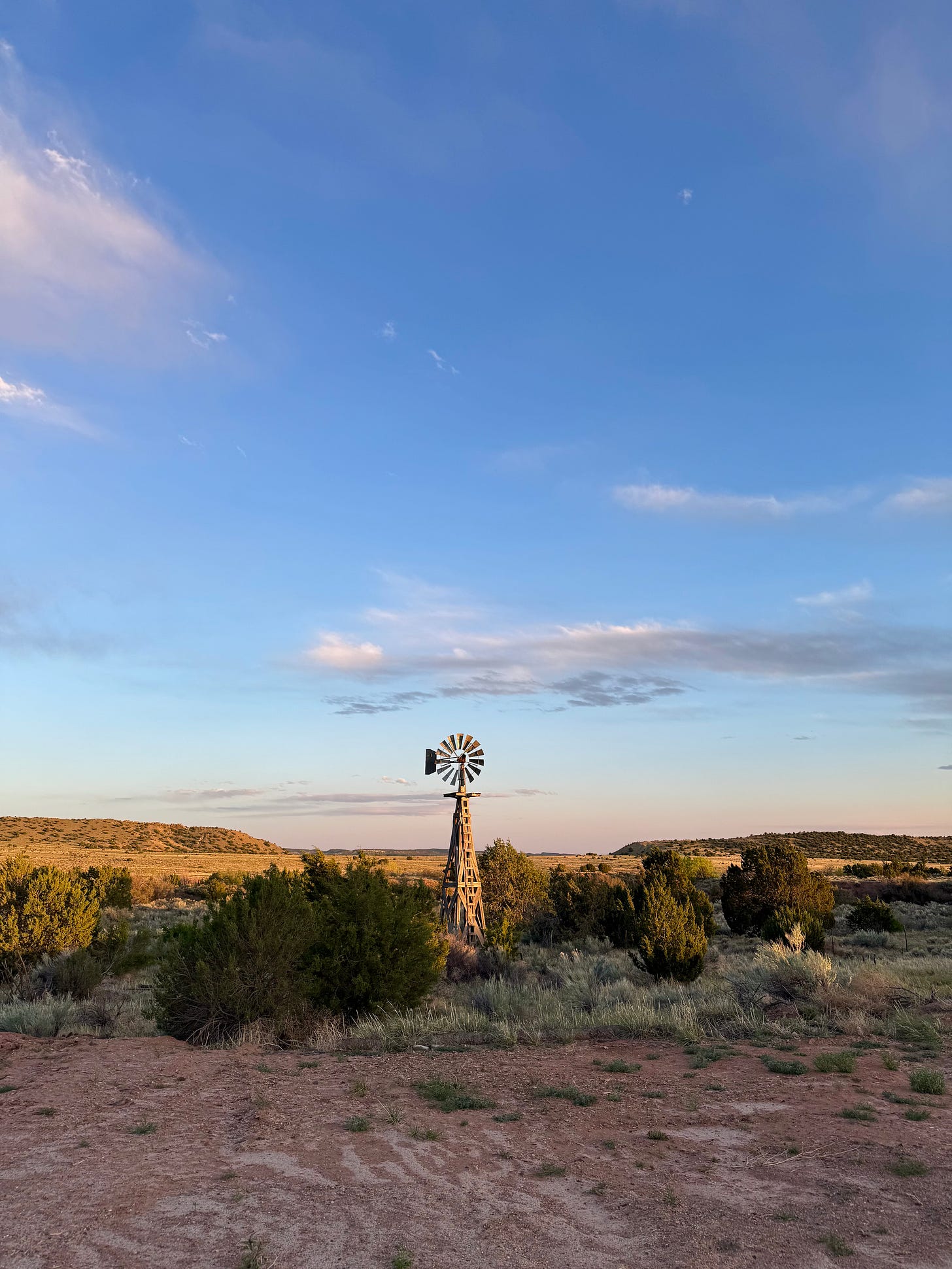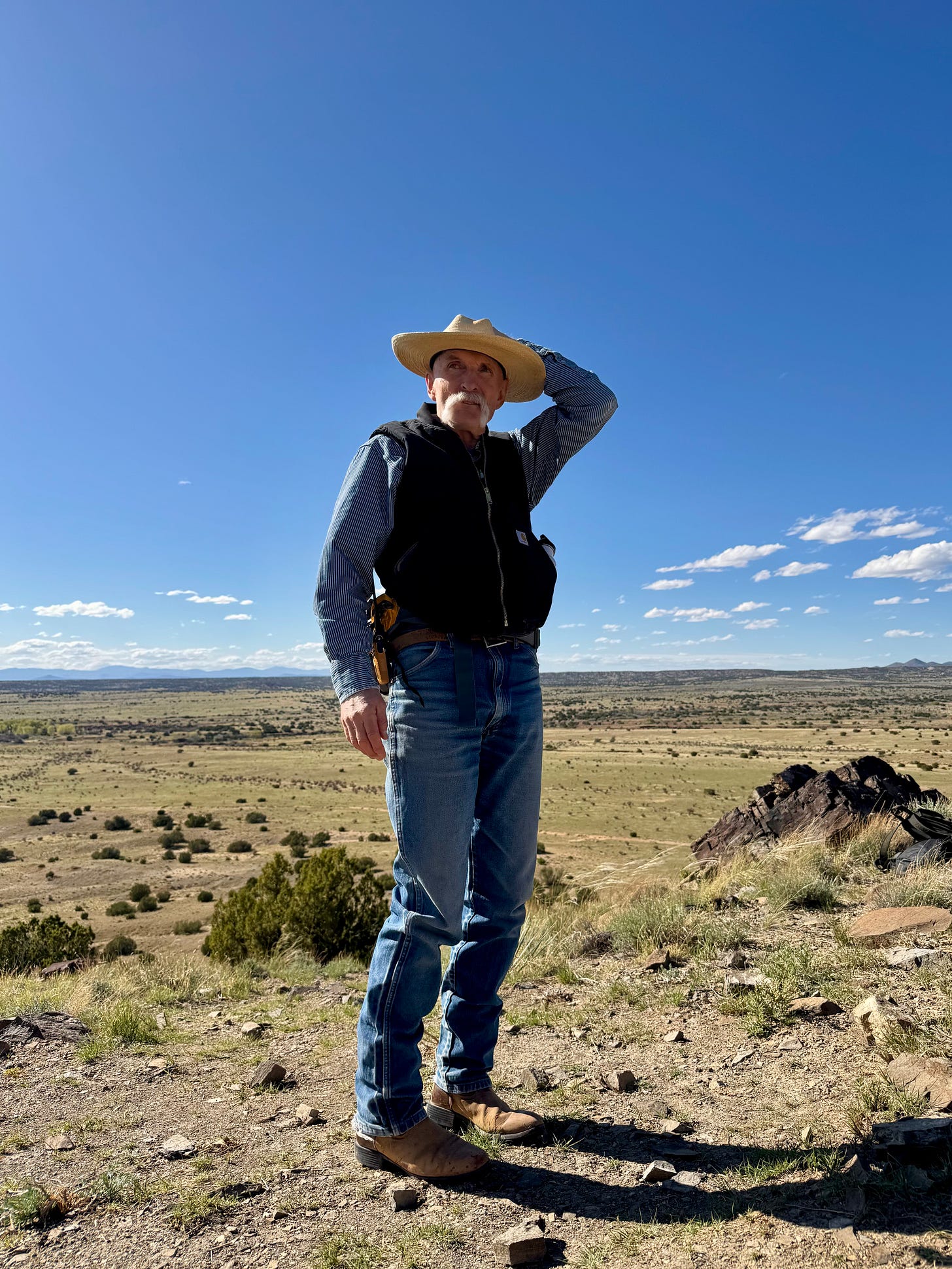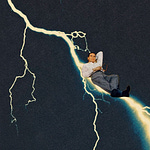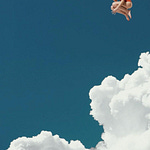Or is that belief what’s required for our times?
Last week, Kevin and I led a retreat in the high desert outside of Santa Fe. We called it Milagro - Spanish for miracle, named after a robust hike on the land. And I’ll be honest: that word felt like a risk.
Because if you’ve spent any time scanning the headlines lately - or just paying attention to your body, your workplace, your conversations with friends - then you know: we’re in a state of collective suffering. Wars are burning. Institutions are unraveling. The language of crisis is in every room. People are scared. People are exhausted. So to use a word like miracle in this moment can sound, at best, naive, and at worst, totally disconnected.
And yet… maybe not believing in miracles may be what’s actually disconnected. Maybe choosing not to engage with beauty, wonder, or mystery is a kind of numbness we’ve come to accept as normal. Maybe the real risk is forgetting that another way is possible.
So we gathered 19 people from across North America to join us in Santa Fe - to ask ourselves: Are miracles possible in a climate like this? What even is a miracle? And how do we become the kind of people who can see them - not as magic tricks, but as a way of life?
From the start, we were clear that this retreat wasn’t about escaping the world. It was about rediscovering our rightful place in it. And the idea of a miracle wasn’t something we defined as a divine intervention handed down in a moment of desperation. It isn’t about being saved. It is about awakening to the extraordinary in the very ordinary, and learning to practice that way of seeing. Because, from my point of view, miracles are not one-time events. They’re an ongoing, relational unfolding - and we can actually get better at noticing them.
Over the course of five days, through meditation, dharma, time in nature, time with horses, time with the ‘conscious cowboy’ Lee who led us both in hikes and in song (think: John Prine, love you Lee!) - and time in silence, we explored what it takes to become receptive to the miraculous. Miraculous. Mira-culous. “Mira” meaning: ‘to look.’ To look with reverence.
We worked with poetry as our sacred text - Rumi, Mary Oliver, John O’Donohue, David Whyte, and more. We talked about prayer—not in any one tradition, but across many—and found something striking: there are steps. Different languages, yes. But the same shape.
And we kept returning to three core movements. Three steps, you could say. Not in a linear way, but in a kind of rhythm you return to over and over again.
Step 1 : tend to your nervous system
If your body is clenched in fear or braced in exhaustion, a miracle could be right in front of you, but you won’t see it. You can’t. The body, in survival mode, isn’t scanning for beauty or messages from beyond your Self - it’s scanning for threat. Perception narrows when we’re dysregulated. Your pupils literally dilate when you’re in fight or flight, but your attention shrinks. You’re lit up, but less available. And it’s not because you’re broken. It’s because you’re built to survive. But survival mode is not the state in which wonder or messages or answers emerge.
So its essential to begin there - slowing the breath, grounding the body, softening the jaw, noticing your surroundings. (Friend, maybe you start that - right now as you read.) Because if your eyes are shut tight, the sunrise will still come - but you won’t see it. If your hands are balled into fists, you can’t receive a gift. Tending to the nervous system isn’t just “self-care” in the ways that the ‘industry of well’ tries to sell it to us. It is in fact, spiritual groundwork.
Step 2 : make an offering
Not as a transaction. Not because you’re deficient or need to earn favor. But because the sacred is relational.
This is where it begins to reeeeeeeeally shift. Where the practice becomes less about soothing yourself and more about entering into relationship—with Spirit, with the land, with the parts of yourself you’ve forgotten.
What does it mean to make an offering in a world that rewards control?
And what might you offer that’s not performative, but real?
Keep walking with me here, because this is where we explore the more personal teachings - what it means to give, to what, and why.
Listen to this episode with a 7-day free trial
Subscribe to Make the Sun to listen to this post and get 7 days of free access to the full post archives.














